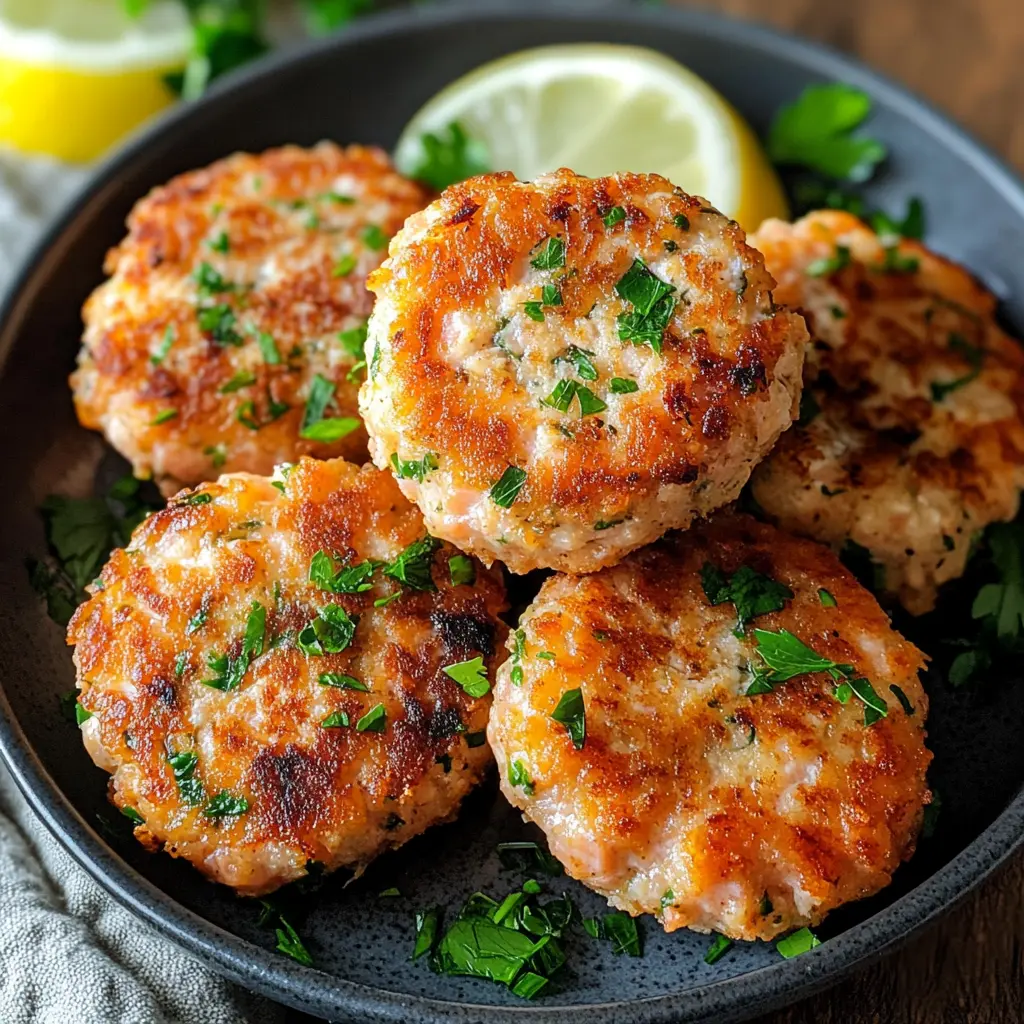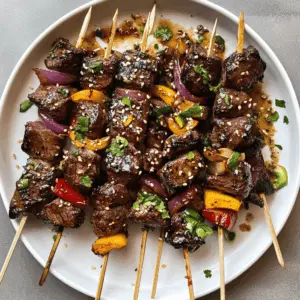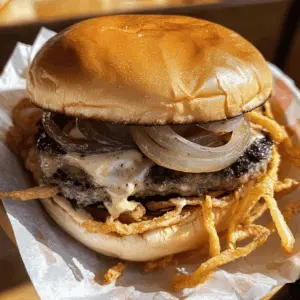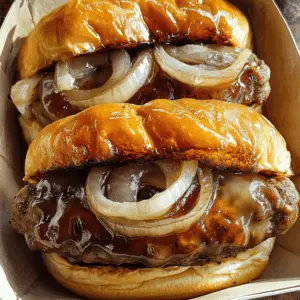– **Title**: Old Fashioned Salmon Patties
– **Ingredients**:
– 1 can (14.75 oz) salmon, drained and flaked
– 1/2 cup breadcrumbs (seasoned or plain)
– 1/4 cup onion, finely chopped
– 1/4 cup celery, finely chopped
– 1 egg, beaten
– 1 tablespoon lemon juice
– 1 teaspoon Dijon mustard
– 1/2 teaspoon salt
– 1/4 teaspoon black pepper
– 1/4 teaspoon garlic powder (optional)
– 2 tablespoons fresh parsley, chopped (optional)
– 2 tablespoons olive oil or butter for frying
– **Instructions**:
1. In a large bowl, combine the drained and flaked salmon, breadcrumbs, chopped onion, celery, beaten egg, lemon juice, Dijon mustard, salt, black pepper, and garlic powder. Mix until well combined.
2. If using, fold in the chopped parsley for added freshness and flavor.
3. Form the mixture into patties, about 2-3 inches in diameter and 1/2 inch thick.
4. Heat the olive oil or butter in a large skillet over medium heat.
5. Once hot, carefully place the salmon patties in the skillet. Fry for about 4-5 minutes on each side, or until golden brown and cooked through.
6. Remove the patties from the skillet and drain on paper towels to remove excess oil.
7. Serve warm, with tartar sauce or a squeeze of fresh lemon juice if desired. Enjoy your old fashioned salmon patties!
Key Ingredients & Substitutions
Salmon: Canned salmon is super convenient, but you can also use fresh or cooked salmon if you have it. Just be sure to flake it well. If you’re looking for a vegetarian option, consider using mashed chickpeas as a base.
Bread Crumbs: Plain breadcrumbs work great, but panko gives a nice crunch. You can also substitute with crushed crackers or breadcrumbs made from gluten-free bread if needed.
Onion: I recommend using sweet onions for a milder taste. If you don’t have onion on hand, shallots or green onions can be good substitutes.
Fresh Parsley: This adds a fresh flavor and nice color. If you don’t have fresh parsley, dried parsley will work in a pinch; just use about one-third of the amount.
Egg: The egg helps bind the mixture. For a vegan option, you could try using a flax egg (1 tablespoon of flaxseed meal mixed with 2.5 tablespoons of water, let sit for 5 minutes).
Old Bay Seasoning: This adds a special kick! If you don’t have it, a mix of paprika, celery salt, and pepper can be a nice alternative.
How Do I Shape Perfect Patties?
Shaping salmon patties can be tricky, but a few simple steps can help you create uniform shapes. Start by wetting your hands with water or a little oil to prevent sticking while you handle the mixture.
- Divide the mixture into equal portions. A standard measuring cup can help you keep the size consistent.
- Gently form each portion into a ball and then flatten it to about 1/2 inch thick.
- Make sure the edges are smooth to help them hold together while cooking.
With these steps, you’ll have salmon patties that cook evenly and look great on your plate!

How to Make Old Fashioned Salmon Patties
Ingredients You’ll Need:
For the Patties:
- 2 cans (14.75 oz each) salmon, drained and flaked
- 1/2 cup breadcrumbs (preferably plain or panko)
- 1/4 cup onion, finely chopped
- 1/4 cup fresh parsley, chopped
- 1 egg, beaten
- 1 tablespoon Dijon mustard
- 1 tablespoon lemon juice
- 1 teaspoon Old Bay seasoning (optional)
- Salt and pepper to taste
- 2-3 tablespoons olive oil or butter for frying
For Serving:
- Lemon wedges for serving
How Much Time Will You Need?
This recipe takes about 10 minutes to prepare and 15 minutes to cook, making the total time around 25 minutes. It’s quick and rewarding to have delicious salmon patties on the table in no time!
Step-by-Step Instructions:
1. Mix the Ingredients:
In a large mixing bowl, combine the flaked salmon, breadcrumbs, chopped onion, parsley, beaten egg, Dijon mustard, lemon juice, Old Bay seasoning (if using), and a pinch of salt and pepper. Use a fork or your hands to mix everything together until it’s well combined and sticks together nicely.
2. Shape the Patties:
Now it’s time to shape your mixture! Divide it into equal portions—about 1/2 cup each is a good size. Take each portion and gently form it into a patty, making them about 1/2 inch thick. You should get around 6 to 8 patties from this mixture, depending on how big you make them!
3. Cook the Patties:
Heat the olive oil or butter in a large skillet over medium-high heat. Make sure the oil is nice and hot before adding the patties to get that golden crisp! Carefully place the patties in the skillet, cooking them for about 4-5 minutes on each side. You want them to be golden brown and crispy—delicious!
4. Drain and Serve:
Once the patties are cooked, remove them from the skillet and place them on paper towels to drain any excess oil. This will keep them nice and crispy! Serve your warm salmon patties with lemon wedges on the side. Squeeze a little lemon juice over the top for a burst of flavor, and enjoy your meal!

Can I Use Fresh Salmon Instead of Canned?
Absolutely! You can use fresh salmon instead of canned. Simply cook the salmon until it’s fully cooked and flaky, then let it cool slightly before flaking it for the mixture. You may need to adjust the cooking time slightly, as fresh salmon will take longer to cook than canned.
What Can I Substitute for Breadcrumps?
If you don’t have breadcrumbs on hand, you can use crushed crackers, panko, or even oatmeal as a substitute. For a gluten-free version, try using almond flour or gluten-free breadcrumbs. Just make sure to adjust the liquid in the recipe if using a dryer substitute like oatmeal.
How Can I Store Leftover Salmon Patties?
Leftover salmon patties can be stored in an airtight container in the refrigerator for up to 3 days. To reheat, place them in a skillet over medium heat for a few minutes on each side until warmed through, or pop them in the microwave for a quick heat-up.
Can I Freeze Salmon Patties?
Yes, you can freeze salmon patties! To do this, lay them out in a single layer on a baking sheet and freeze until solid, then transfer them to a freezer-safe container or bag. They’ll keep well for up to 3 months. To reheat, thaw in the refrigerator overnight before frying, or cook directly from frozen, adding a few extra minutes to the cooking time.


